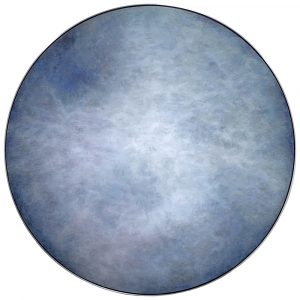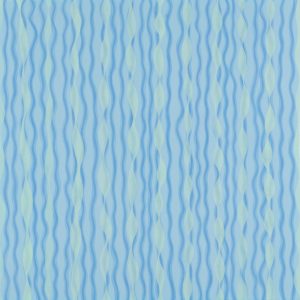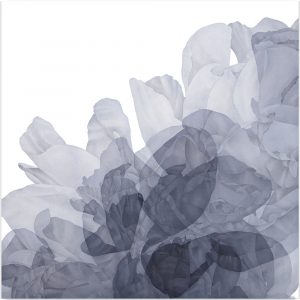
Pablo Picasso – Guernica
Painting is a blind man’s profession. He paints not what he sees, but what he feels, what he tells himself about what he has seen.
-Pablo Picasso
Art is important because it’s part of the story we tell about ourselves; it’s our culture. It’s something that can spark a spectrum of sensations, from exhilaration to deepening of knowledge. Looking at contemporary art can oftentimes require more active participation from the viewer as the subject matter isn’t always apparent or is abstracted. Contemporary art is often about what art can be. It seeks to open a dialogue and inspire questions and encourages deeper engagement with the viewer. But, it does not require a background in art practice or history in order to look at, appreciate, and talk about art. All that is needed is the desire to look, look again, and then look even closer. Learning to look does take practice; it requires slowing down the mind to take the time to see and use visual thinking strategies to think critically about the artwork in front of you.
Think about the concept of love at first sight—that experience of being attracted to something before you really know anything about it. All you know is it makes you feel something. If you have this feeling with your first encounter with an artwork, ask yourself, why? It’s not such an easy question as often the answer is ‘just because I do.’ If someone were to ask you what you think about it, what would you say?
Here are some questions you can ask yourself to help articulate your ‘why.’
1. What is the artist trying to make me do or think or feel? What emotions does it inspire: elation, joy, serenity, fascination, wonder, or more complicated feelings?
2. Look at the composition, does it remind you of anything? Dig deeper. What do the colors convey? What does the texture look like and how does it add to the impact of the artwork? What symbolism is in play? How does the artist lead your eye around the piece? How are they achieving that?
3. What theme does the work seem to be about? Identity? The body? Time? Memory? Place? Language? Science? Spirituality? Something else?
4. Learn more about the technique. Is it complex, is it innovative, is it interesting to you? Do you want to know more?
5. Does the title help you better understand the piece?
6. What about the context of the artist and the work itself? Think about where they are in their artistic career, where they are from, where was the work made? How does an artist’s origin as in addition to where they are currently living inform their work? Is there wider cultural meaning in the work?
7. Is the artist trying to make a statement? What is it?
An artist’s work may be immediately attractive to the eye and compelling in composition and aesthetic, yet their works take on extra significance when you read more and contextualise them. Take the work of Raphaelle Goethals or Jamie Brunson: there is deep spirituality in both of their works that is derived from very different places: Goethals embeds symbolism in ethereal layers to depict the idea of a “space in between.” Brunson on the other hand, is increasingly inspired by the colors of her New Mexico surroundings and paints what she visualizes during her Kundalini meditation practice.
Hung Liu takes her Chinese heritage and history and finds cross-cultural common ground with the American Story. Her work, like Judy Chicago’s, seeks to prevent erasure of women in the historical narrative.
Hunt Slonem’s paintings can make you feel happy and joyous. Yet when you look deeper you see individuality in each bunny, transformation represented by his butterflies, birds as messengers of divine information, and repetition is a meditation or prayer. Likewise, Fausto Fernandez’s exuberant paintings celebrate his upbringing on both sides of the US/Mexico border, with festive scrawls and color, elements of urban culture, and collage.
Natalie Christensen frames ordinary or neglected scenes into psychological spaces with her lens.
Scott Greene’s paintings, at first glance, are achingly exquisite and classically-rendered integrated into a more contemporary approach. Upon closer inspection, you see the complex interplay between elegance and exploitation. His work functions as a form of socio-political commentary and uses the composition of a historical piece as a matrix for making a painting that humorously examines the relationship between politics, nature and culture.
Greg Murr’s translucent and ephemeral floral compositions, upon deeper inspection, reveal scientific examination of some of the fundamental properties of our world: space, time, matter, and motion.
We live in an era where seeing art is more widely available to everyone instead of only the privileged few. That is precious. See art. Look deeper. Learn from it. Enjoy it. Collect it. Enhance your experience with visual thinking strategies and approach art with a fresh appetite for engagement and new ways of seeing. There are no right or wrong answers—just perspectives. Yours, mine, everyone else’s. This is precisely what contemporary art wants to explore and celebrate.
-Shastyn Blomquist, Director
Turner Carroll Gallery
May 2020
2020 EXHIBITIONS
Make your travel plans to join us!
May 15 | Hunt Slonem: Fluffle
June 20 | Solstice: Create Art for Earth
July 17 | Raphaelle Goethals
August 14 | Hung Liu Retrospective Works
September 11 | Scott Greene + Walter Robinson
October 1-4 | Dallas Art Fair
October 16 | Igor Melnikov + Georges Mazilu
November 20 | Rusty Scruby









